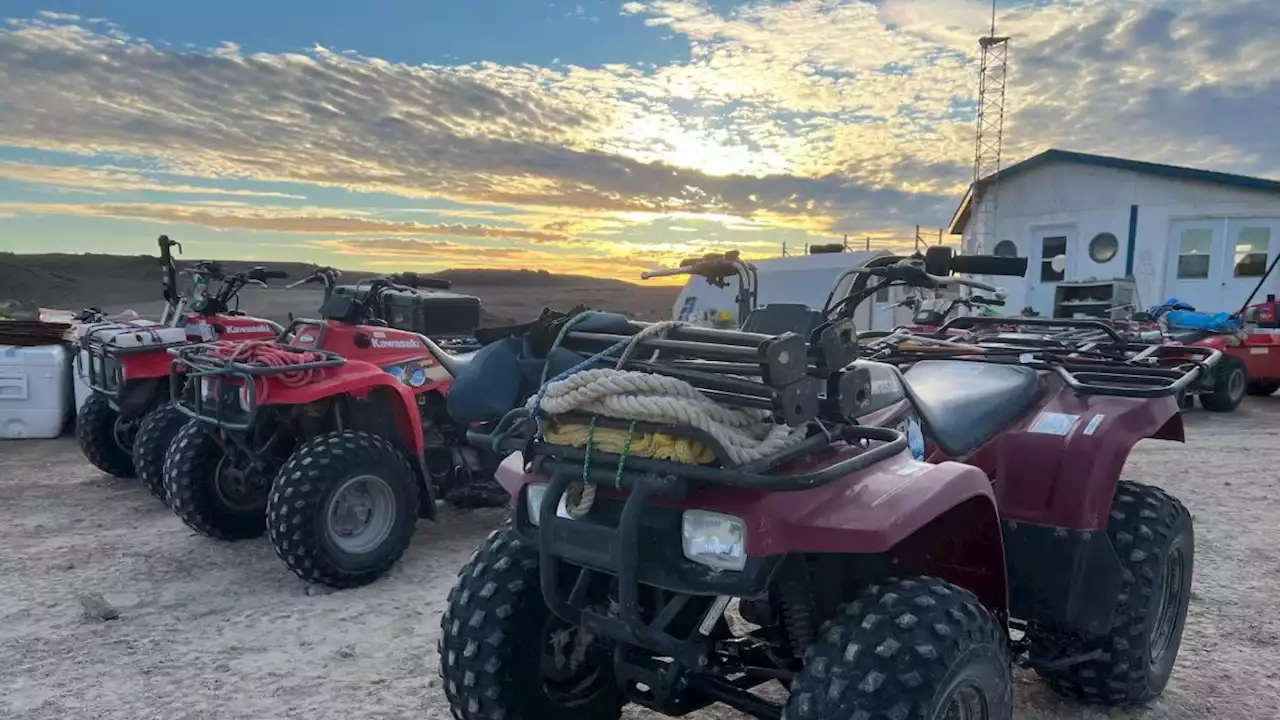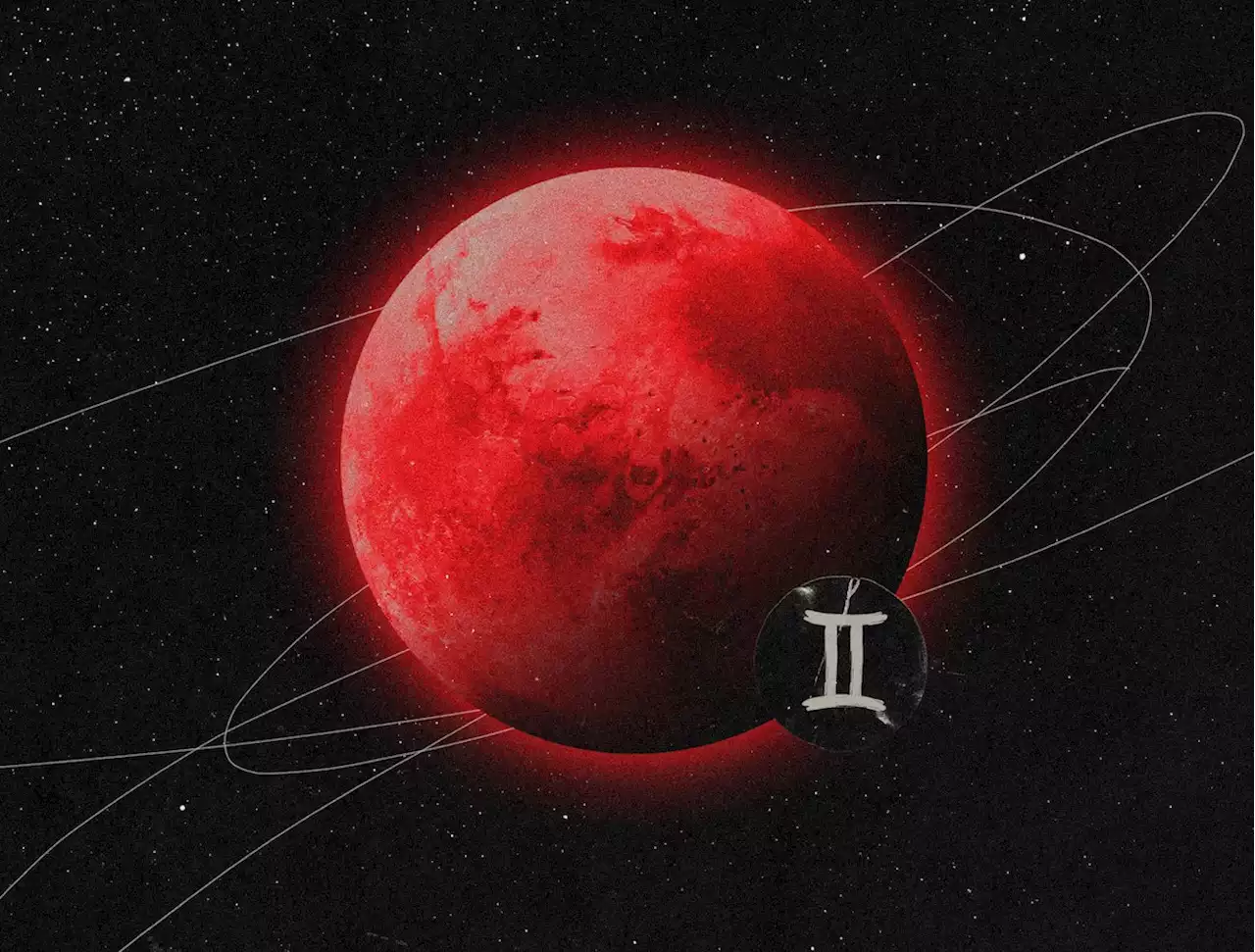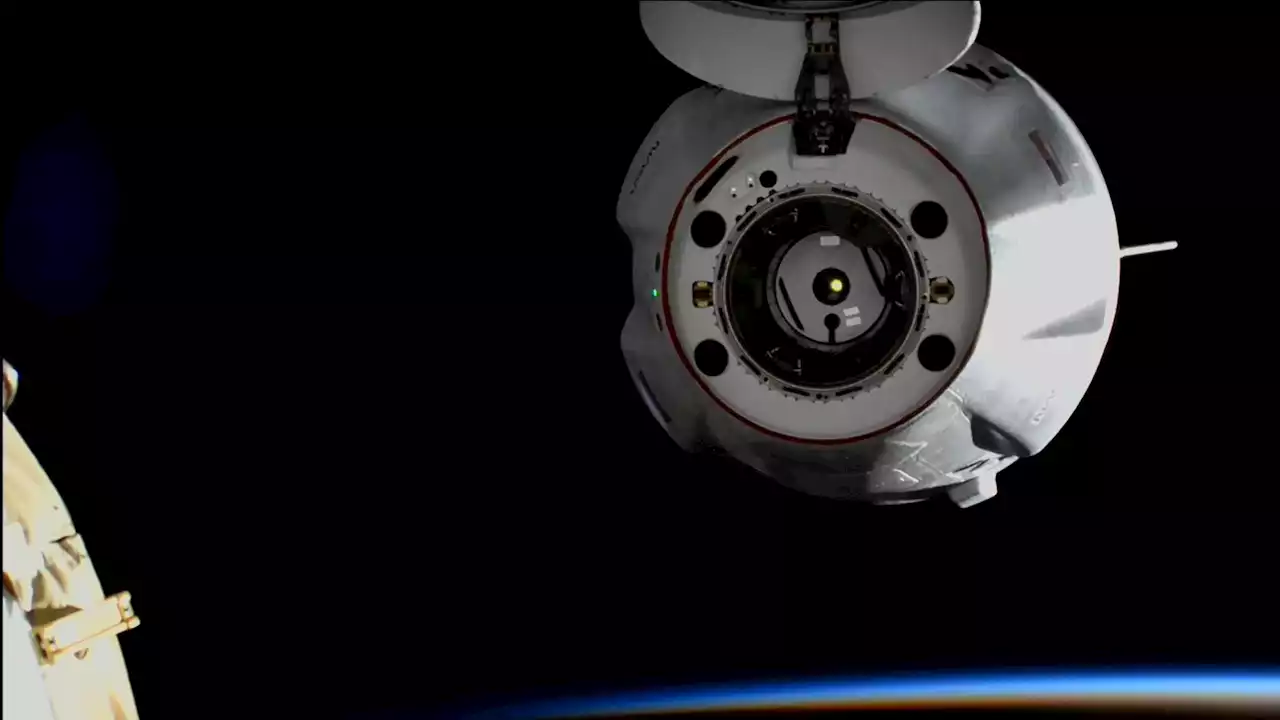There doesn't appear to be much water at all directly underneath InSight - by AndyTomaswick
They are filtered through the media directly below the lander, and different media would have different filtering properties. For example, dry material would react differently to vibrations than wet, claylike material. That difference is what the Scripps team used as the basis of their study.
Using data collected for other purposes, the researchers ran a series of 10,000 simulations using different types of material as a transfer medium for the signals that InSight detected. They found that the media that best fit the signals InSight was seeing were dry, porous rocks that contained hardly any water.
This came as a surprise, as many scientists had expected water, at least in its frozen form, to be ubiquitous even at the equatorial latitudes where InSight is located. Water is helpful for various things on Mars, the two main ones being human life support and the search for life. A dry, porous material is much less likely to have fossils or similar evidence of extinct life than a wet, claylike mixture.As such, this would seem like a setback for Martian explorers.
These ongoing discoveries, combined with using new data in unique ways that they weren’t originally intended, are precisely how science is supposed to work. So while sometimes both researchers and space enthusiasts alike won’t like the answers that the data points to, it’s better to face it head-on rather than going in blindly or, worse yet, willfully ignoring the truth.
United States Latest News, United States Headlines
Similar News:You can also read news stories similar to this one that we have collected from other news sources.
 European Space Agency is considering major investment in space-based solar powerEuropean Space Agency's (ESA) director general has proposed the development of Europe’s first space-based solar power system to be constructed in 2025.
European Space Agency is considering major investment in space-based solar powerEuropean Space Agency's (ESA) director general has proposed the development of Europe’s first space-based solar power system to be constructed in 2025.
Read more »
 A month on 'Mars': Flags and footprints of the moon and ArcticRod Pyle is an author, journalist, television producer and editor in chief of Ad Astra magazine for the National Space Society. He has written 18 books on space history, exploration and development, including 'Space 2.0,' 'First on the Moon' and 'Innovation the NASA Way.' He has written for NASA’s Jet Propulsion Laboratory, Caltech, WIRED, Popular Science, Space.com, Live Science, the World Economic Forum and the Library of Congress. Rod co-authored the 'Apollo Leadership Experience' for NASA's Johnson Space Center and has produced, directed and written for The History Channel, Discovery Networks and Disney.
A month on 'Mars': Flags and footprints of the moon and ArcticRod Pyle is an author, journalist, television producer and editor in chief of Ad Astra magazine for the National Space Society. He has written 18 books on space history, exploration and development, including 'Space 2.0,' 'First on the Moon' and 'Innovation the NASA Way.' He has written for NASA’s Jet Propulsion Laboratory, Caltech, WIRED, Popular Science, Space.com, Live Science, the World Economic Forum and the Library of Congress. Rod co-authored the 'Apollo Leadership Experience' for NASA's Johnson Space Center and has produced, directed and written for The History Channel, Discovery Networks and Disney.
Read more »
 We Need to Talk About Gay Sex in SpaceIf we treat the idea of straight space sex as an inevitability, we need to treat gay space sex the same way -- and urgently.
We Need to Talk About Gay Sex in SpaceIf we treat the idea of straight space sex as an inevitability, we need to treat gay space sex the same way -- and urgently.
Read more »
 2022’s Mars In Gemini Brings Confusion and PossibilityMars transits Gemini for seven months — here's how to make the most of it.
2022’s Mars In Gemini Brings Confusion and PossibilityMars transits Gemini for seven months — here's how to make the most of it.
Read more »
 NASA Astronauts Harvest Space Peppers, Make Zero-G TacosThis astronaut just made her 'best space tacos yet.'
NASA Astronauts Harvest Space Peppers, Make Zero-G TacosThis astronaut just made her 'best space tacos yet.'
Read more »
 SpaceX Dragon Departs Space Station To Return Scientific Cargo to EarthAt 11:00 a.m. EDT (8:00 a.m. PDT) on Friday, August 19, flight controllers on the ground sent commands to release the uncrewed SpaceX Dragon spacecraft from the forward port of the International Space Station’s Harmony module. The station was flying about 259 miles over the Pacific Ocean at the time
SpaceX Dragon Departs Space Station To Return Scientific Cargo to EarthAt 11:00 a.m. EDT (8:00 a.m. PDT) on Friday, August 19, flight controllers on the ground sent commands to release the uncrewed SpaceX Dragon spacecraft from the forward port of the International Space Station’s Harmony module. The station was flying about 259 miles over the Pacific Ocean at the time
Read more »
